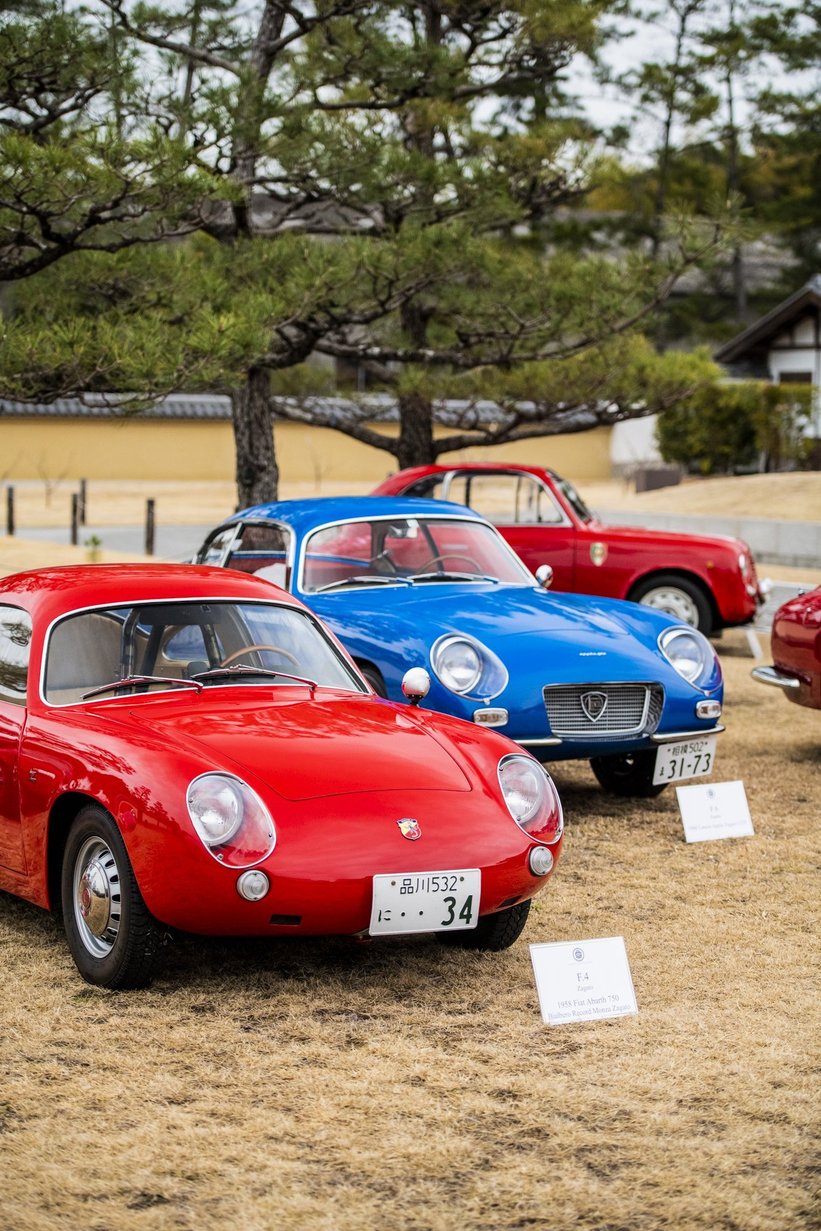

The love for cars might be universal, but each country has its own particular way of worshipping the rarest automobiles – and the Japanese car culture certainly ranks among the most discerning and refined. And while you might first think of the Bōsōzoku subculture and its cartoonish, neon-illuminated tuning cars that roam the city highways of Tokyo after dark, there’s also a highly developed appreciation for the most unusual, coach-built pre-war and mid-century automobiles made in Europe, and especially Italy. In fact, we cannot think of another country with such passionate enthusiasts for brands like Abarth, Lamborghini, Touring Superleggera and Zagato – or equally refined collections. One of these collectors well-known beyond the realms of Japan is Hidetomo Kimura, the man behind last weekend’s Concorso d’Eleganza Japan.
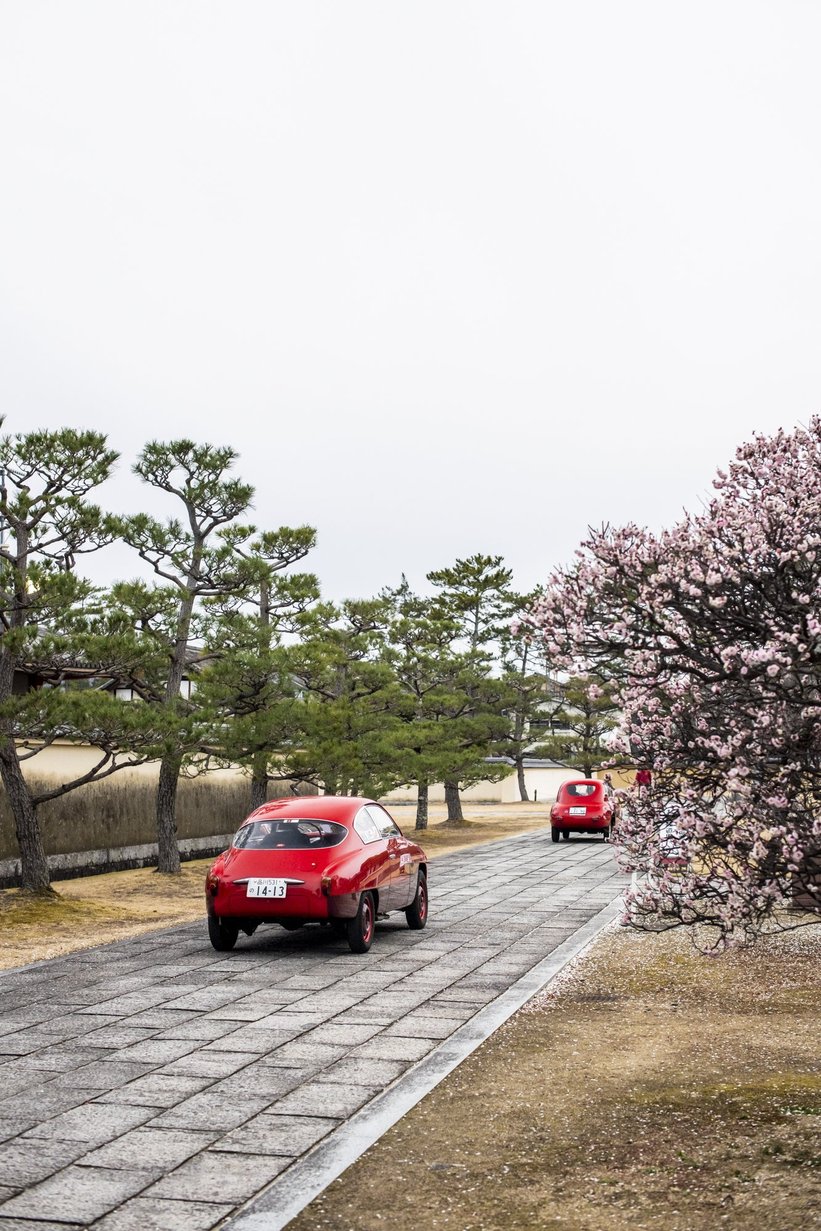
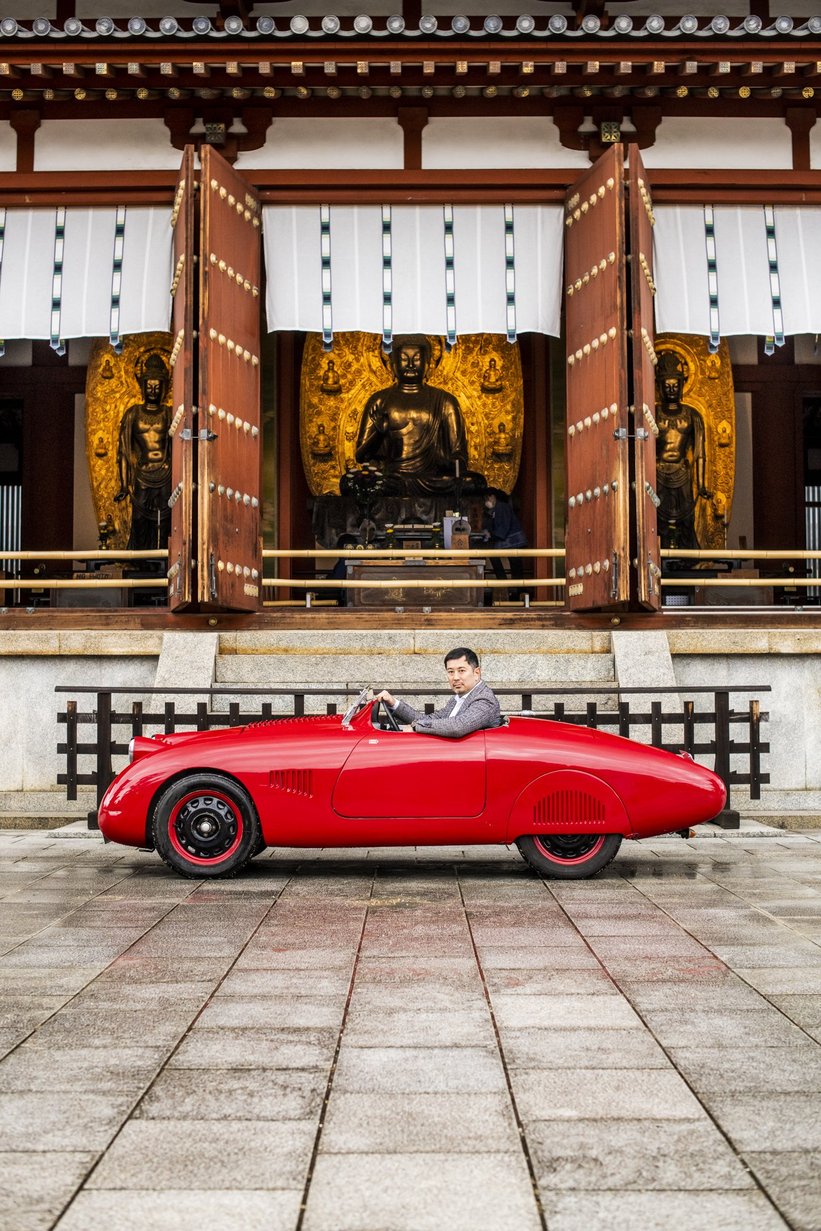
Formerly known as the Concorso d’Eleganza Kyoto, the first concours event since the memorable 2019 edition (that was dedicated to the rarest cars from Abarth, Lamborghini and Zagato) took place at the Yakushiji Temple, a UNESCO World Heritage site and ancient monument of Japanese Buddhism in the old imperial capital of Nara. Again, Kimura-san and his team had managed to assemble an incredible selection of more than 60 collector cars built between 1921 and 2024, sourced from Japanese collections and abroad. Many of them could have competed for concours gold at the Concorso d’Eleganza Villa d’Este or the Pebble Beach Concours d’Elegance, but what truly set the Concorso d’Eleganza Japan apart from the world’s leading classic car events was the setting: When the participants started their thundering engines on Saturday morning and a herd of automobiles in all forms and shapes paraded along the Golden Hall’s three-story pagoda, it was a sight of almost surreal beauty. Even the cherry blossoms had opened in time to create the perfect backdrop for the concours.



Only the weather could have been slightly more sunnier – but as Junichirô Tanizaki wrote almost 100 years ago in his famous essay about Japanese aesthetics, In Praise of Shadows: “If light is scarce then light is scarce; we will immerse ourselves in the darkness and there discover its own particular beauty.” And that’s exactly what we did. Have you ever followed the path of a raindrop on the Plexiglas hood of a street-legal Ferrari F40 race car? Have you ever marvelled at the reflection of a single wandering rain cloud on the double-bubble roof of an Alfa Romeo designed by Zagato – or the calligraphic shadow of a pine tree on the fender of a Koenigsegg Regera? The fleet of priceless blue-chip classics and hypercars migh have been overwhelming, but sometimes a closer look at a simple details offered the viewer a rare moment of zen.
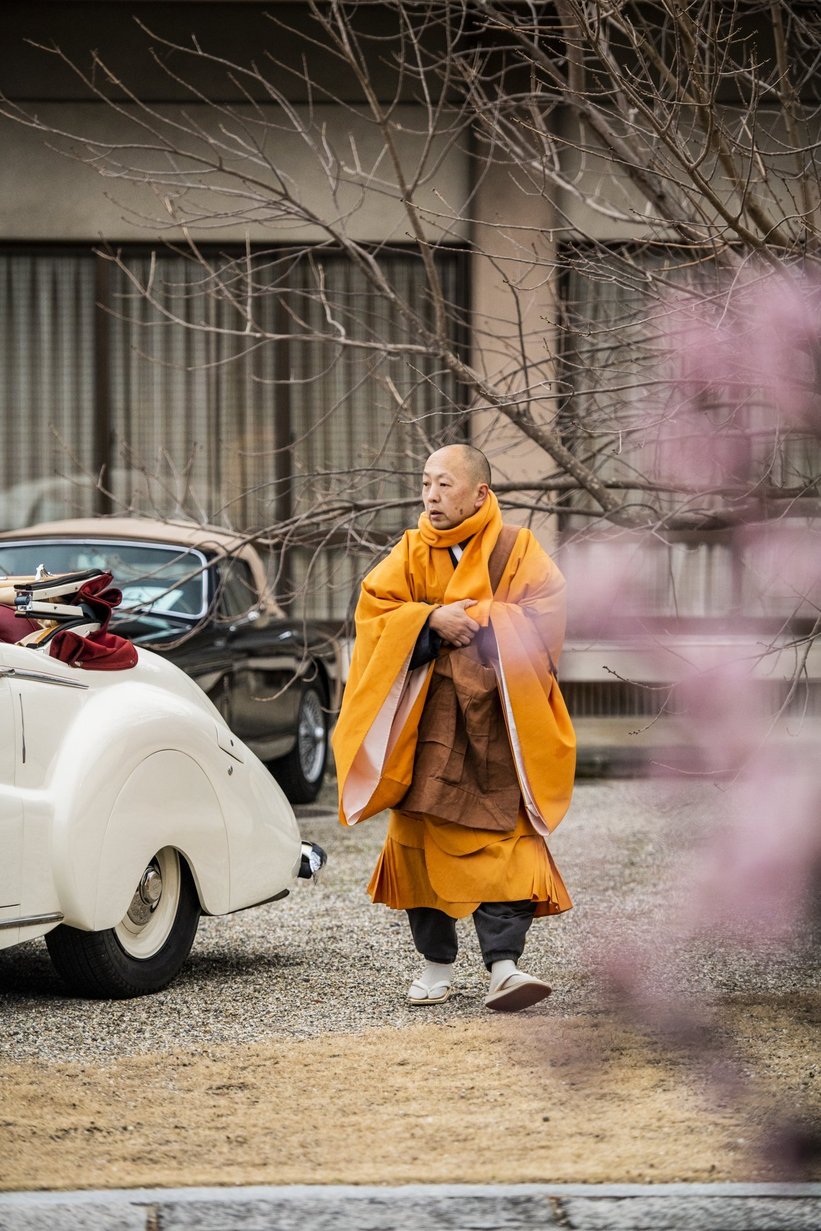
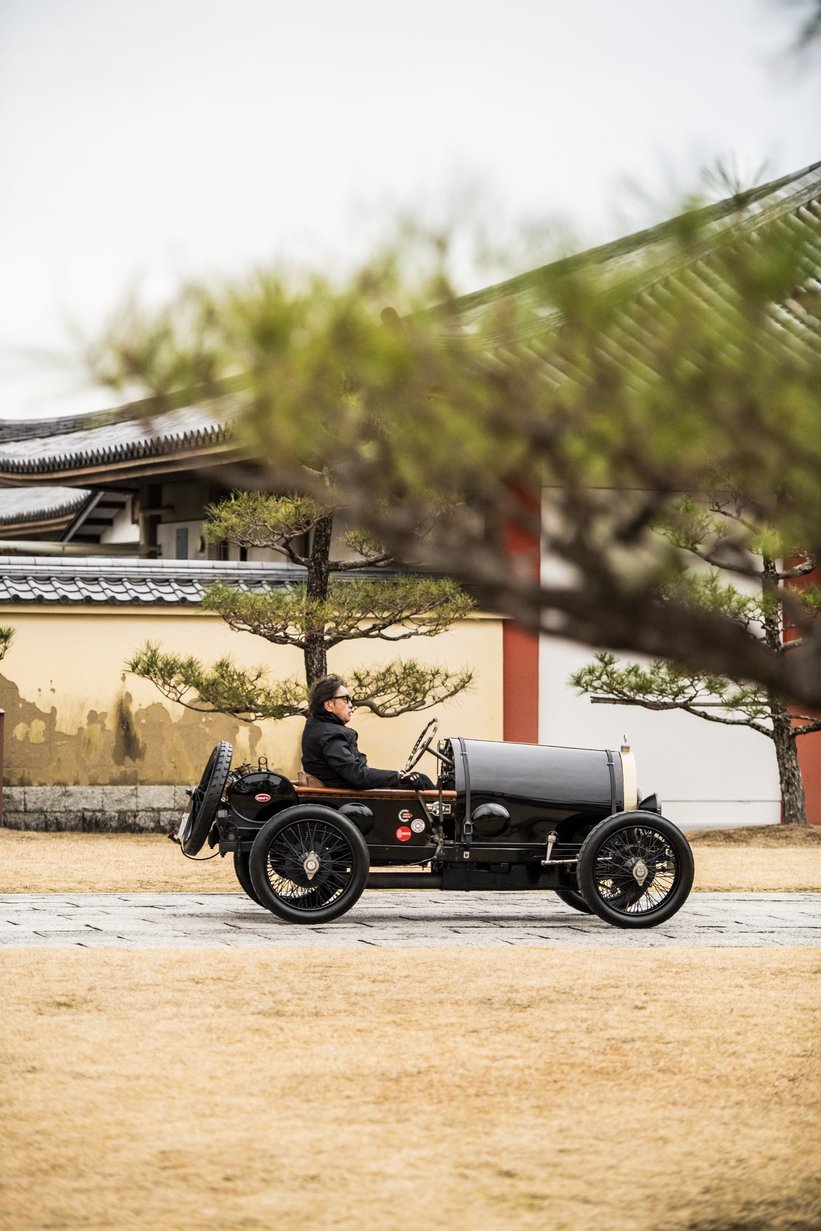
There’s a distinct fascination among Japanese collectors for the art-déco sculptures on wheels coachbuilt in Europe in the Roaring Twenties and early Thirties – and naturally, the grand tourers at display did not disappoint. There was a black Bugatti Type 13 which could easily have taken a lead role in a Studio Ghibli anime, an exceptional blue Aston Martin International, and an impressive Rolls-Royce Phantom II Continental DHC Carlton which we could very well imagine roaming the gas-lit steets of Ginza at night in period. Meanwhile, the makers of the Concorso d’Eleganza Japan have a special taste for the smallest cars made in Italy during the 1950s and 1960s – therefore one of the highlights of the event was the post-war competition class featuring not one, but three Bandini 750 racers which even made the Lotus Eleven in the same group look like a big ship.



A very unusual collection of nimble coachbuilt sportscars alla Milanese had also assembled in the Zagato class, including a tiny Fiat 500B Zagato Panoramica, a Fiat 1100 TV Zagato and the outright adorable Alfa Romeo 1900 SSZ Coupe. For fans of the Abarth brand there was a OT1300 Periscopio – that sounded like Godzilla despite its small size – and two Fiat Abarth 750 Monza record cars, both tailored at Zagato. Interestingly, Ferraris were less well-represented in the post-war elegance classes – a refreshing choice that gave us more room to adore the perfect lines of a Cisitalia 202 SC, a Siata Daina Sports Coupé, Alfa Romeo 1900 C Pininfarina or a Maserati A6 Vignale.
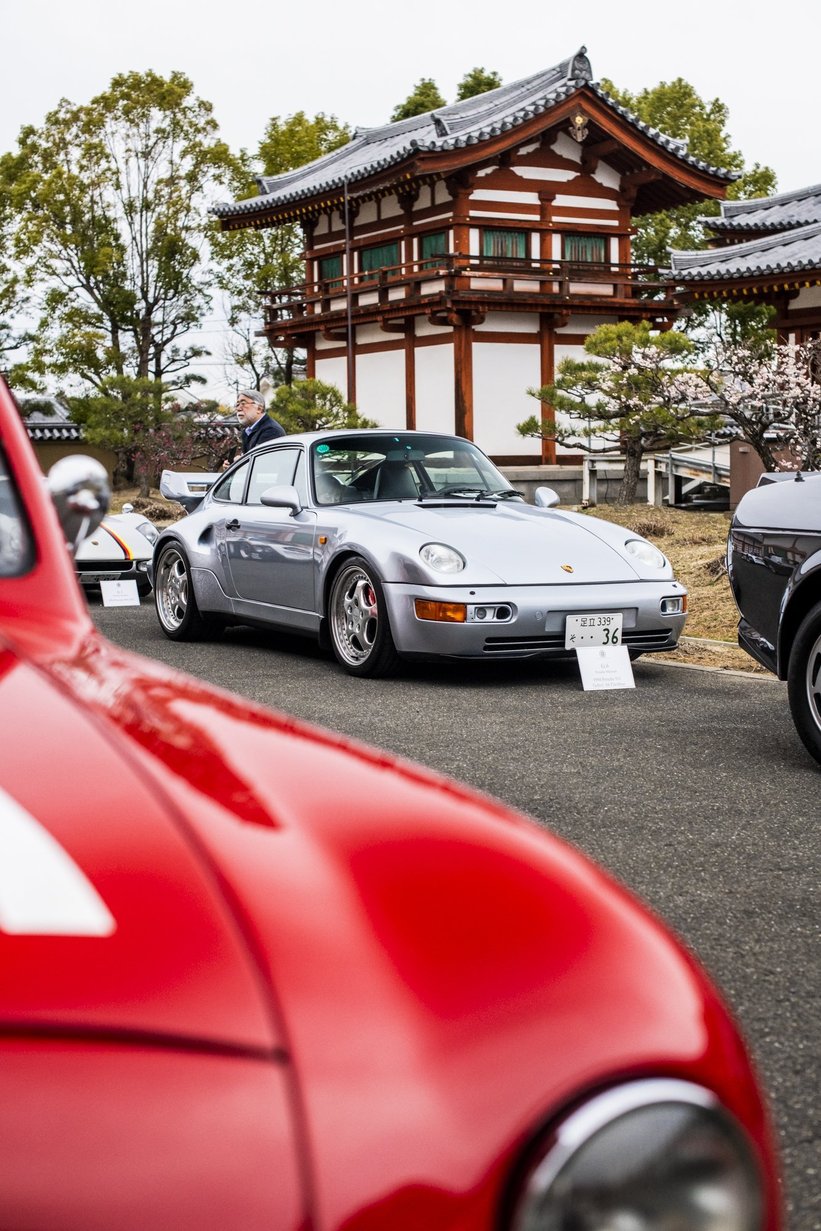

Italian cars might have been the focus at the event – but Porsche afficionados were equally pleased with a selection of six rather unusual sportscars from Zuffenhausen, including a Porsche 356A Speedster Zagato, a Porsche 959, Schuppan Porsche 962LM and a silver Porsche 911 Turbo S 3.6 Flachbau that would have made the perfect 3 poster car garage with the black Lamborghini Countach 25th anniversary and a rather stunning Ferrari 512M in Verde Silverstone.
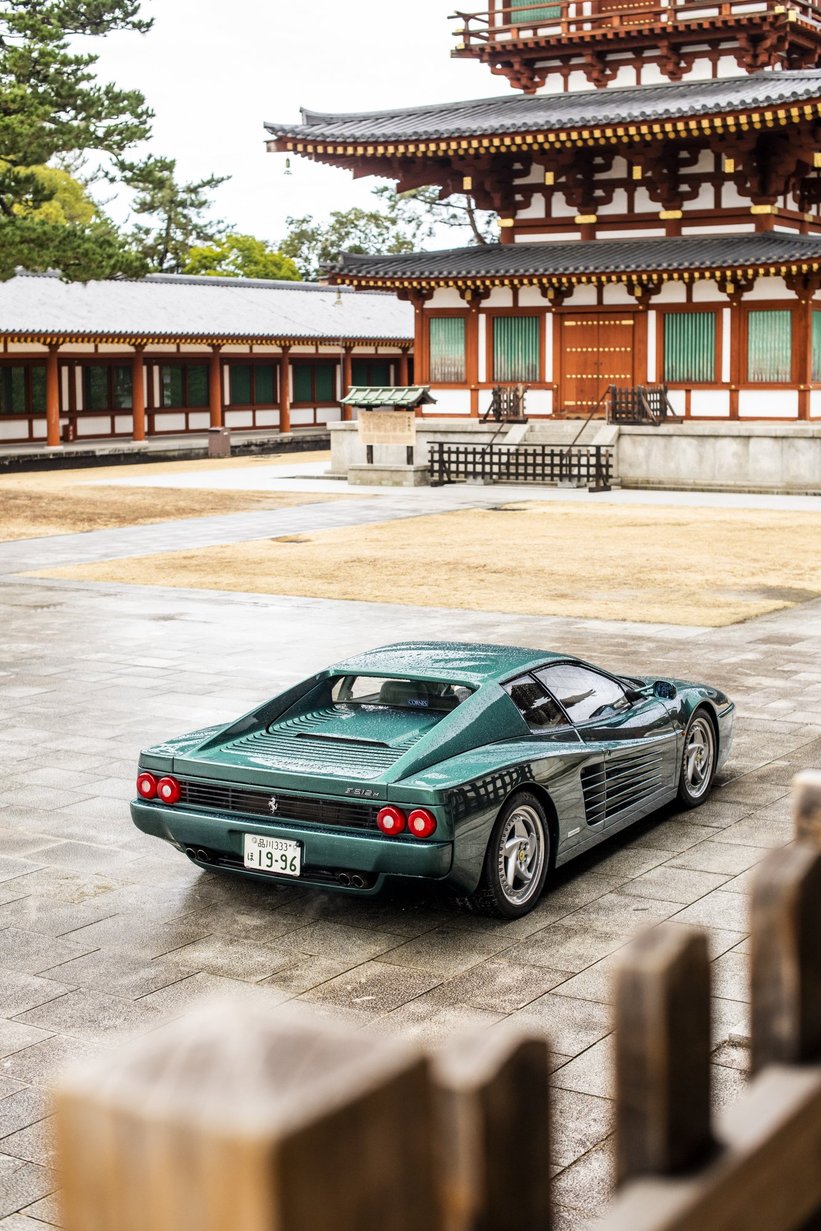
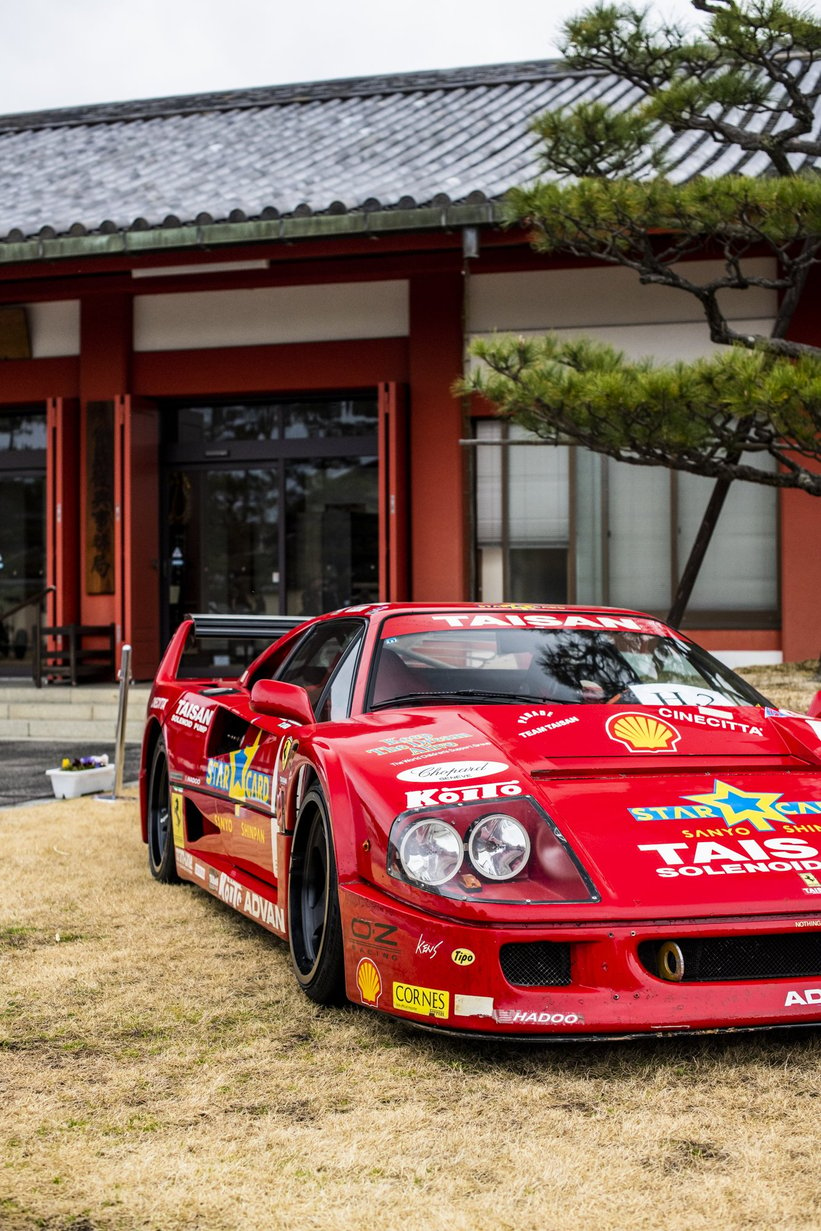
And of course there still was a Ferrari to steal the show in form of the Taisan Star Card Ferrari F40, a fire-spitting, street-legal racer famous well beyond the Tokyo custom car scene. Kimura-san and his team had also managed to attract a rather impressive selection of contemporary hypercars, including the Lamborghini Centenario and Siàn as well as a Ferrari Daytona SP3 and a Singer-Porsche 911 DLS.

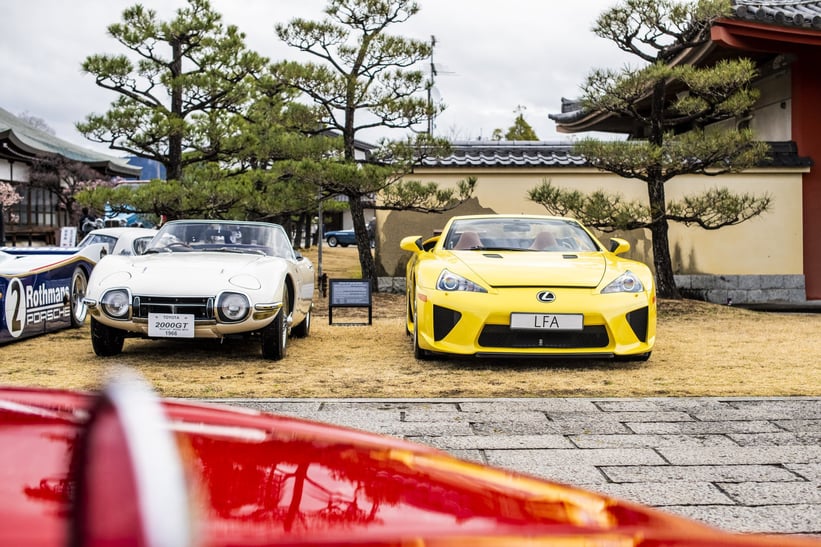
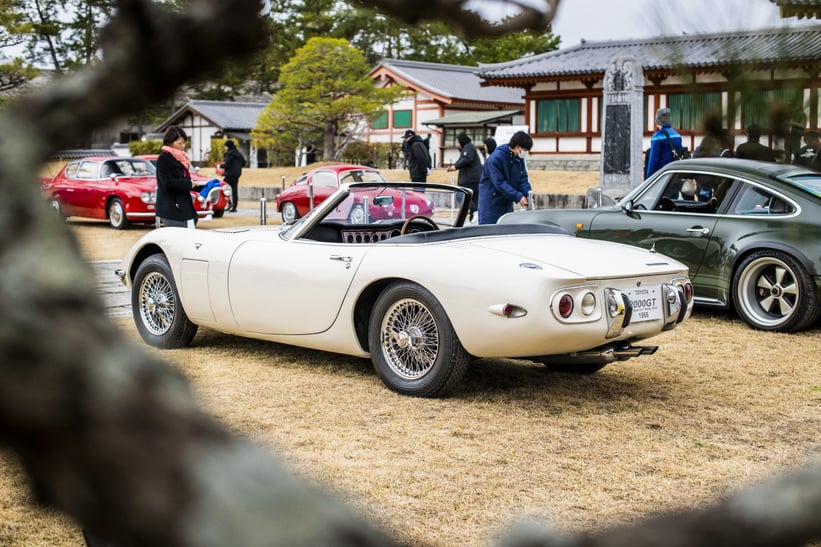
Still, the unicorn supercar that received the most attention was one of only two Lexus LFA Spyders that was flanked by one of the rarest roadsters of Japan in form of the open-top Toyota 2000GT that starred in the 1967 James Bond movie 'You only live twice'.
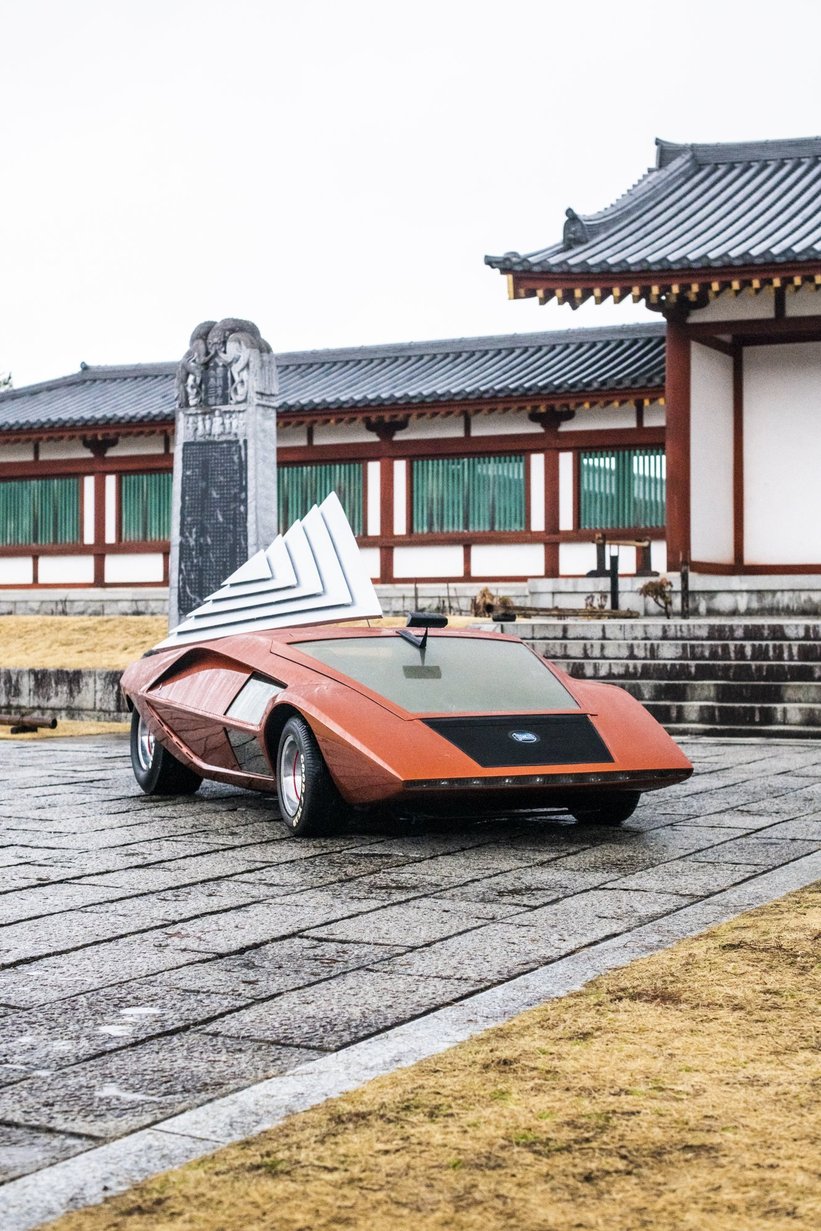

Considering this line-up, the concours judges including Andrea Zagato and Classic Driver CEO J.P. Rathgen had a particularly hard job to pick a winner for the Concorso d’Eleganza Japan. But in the end, the “Best of Show” trophy had to be awarded to Marcello Gandini’s otherworldly masterpiece, the one and only Lancia Stratos Zero concept that accelerated the wedge design movement to warp speed in 1970.
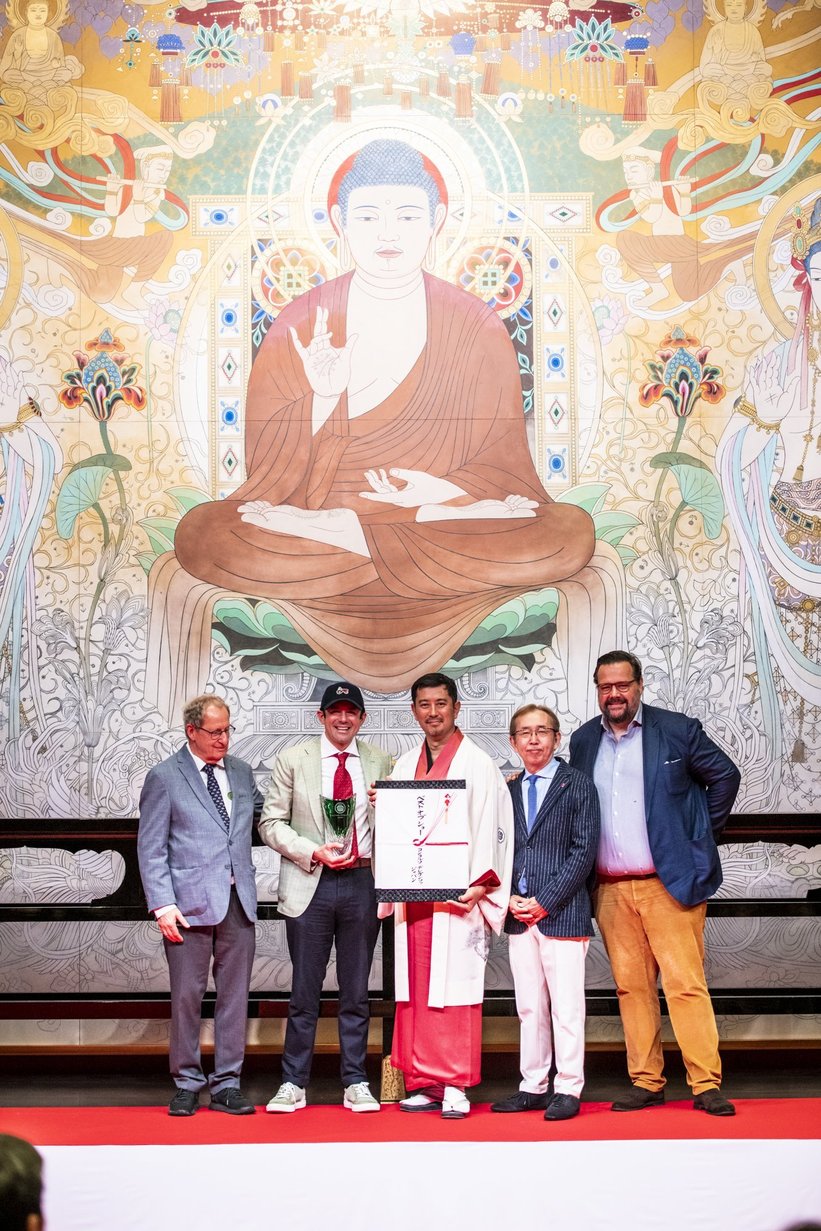
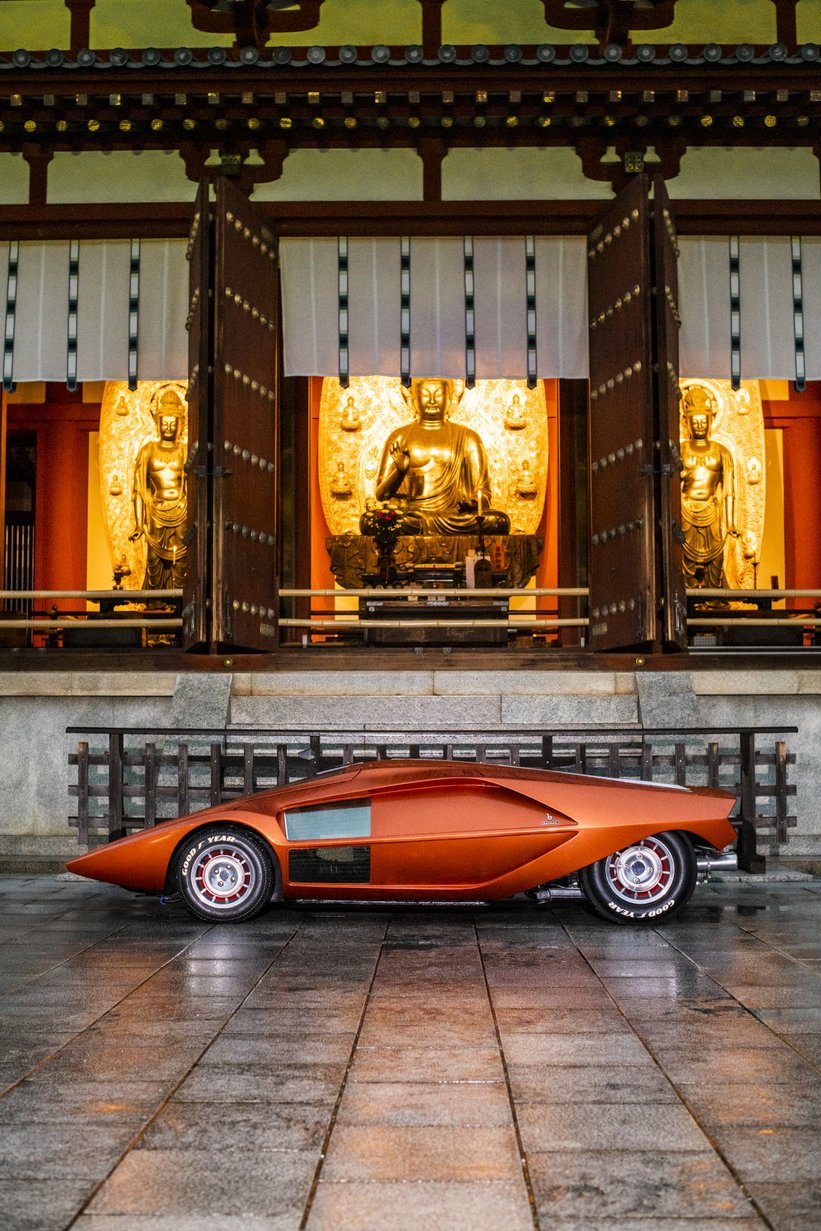
Californian collector Phillip Sarofim had brought the exceptional UFO on wheels all the way from California and scored this well-deserved win for sharing this milestone of 20th century car design with us earthlings. Dōmo arigatōgozaimasu.
Photos: Rémi Dargegen for Classic Driver © 2025











































































































